
Best time to visit Mexico
TripFalcon March 04, 2021
Last Update: 2021-03-04 12:24:54Palm-fringed beaches, chili-spiced cuisine, ancient ruins, teeming cities, fiesta fireworks, Frida’s creativity: Mexico conjures up diverse, vivid dreams. And the reality lives up to them. Mexico's dense tropical jungles, snowcapped volcanoes, cactus-strewn deserts and 10,000km of coast strung with sandy beaches and wildlife-rich lagoons are an endless adventure for the senses.
But when to enjoy all the fruits Mexico offers is a really good question and the answer is, it's up to you. But here's a run down of what is happening when so you can make the best decision for your perfect Mexico adventure.
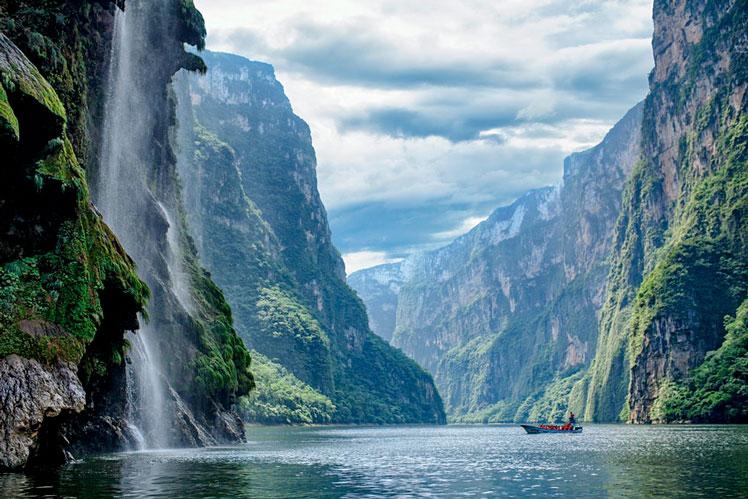
With a diverse landscape, Mexico offers amazing outdoor adventures © fitopardo / Getty Images
High Season: December - April
Best time for outdoor activities
The driest months across most of Mexico bring winter escapees from colder countries. On the Baja Peninsula, flowers bloom, things get green and the whales and whale sharks play while big waves delight surfers. Carnaval rages in Mazatlán amidst perfect beach weather on the Central Pacific Coast. In the Northern Central Highlands, it's a great time for excursions to waterfalls and rivers while in Oaxaca these are the best months for hiking.
In Chiapas and Tabasco, the high elevations mean the evenings are chilly, but the days are balmy. In the Western Central Highlands, the monarch butterflies return from their migration north to the Reserva Mariposa Monarca. On the Yucatan Peninsula, the dry weather means rate increases, some more than double around Christmas and Easter. These holidays also see the most sought-after vacation spots host hoards of travelers both domestic and international.
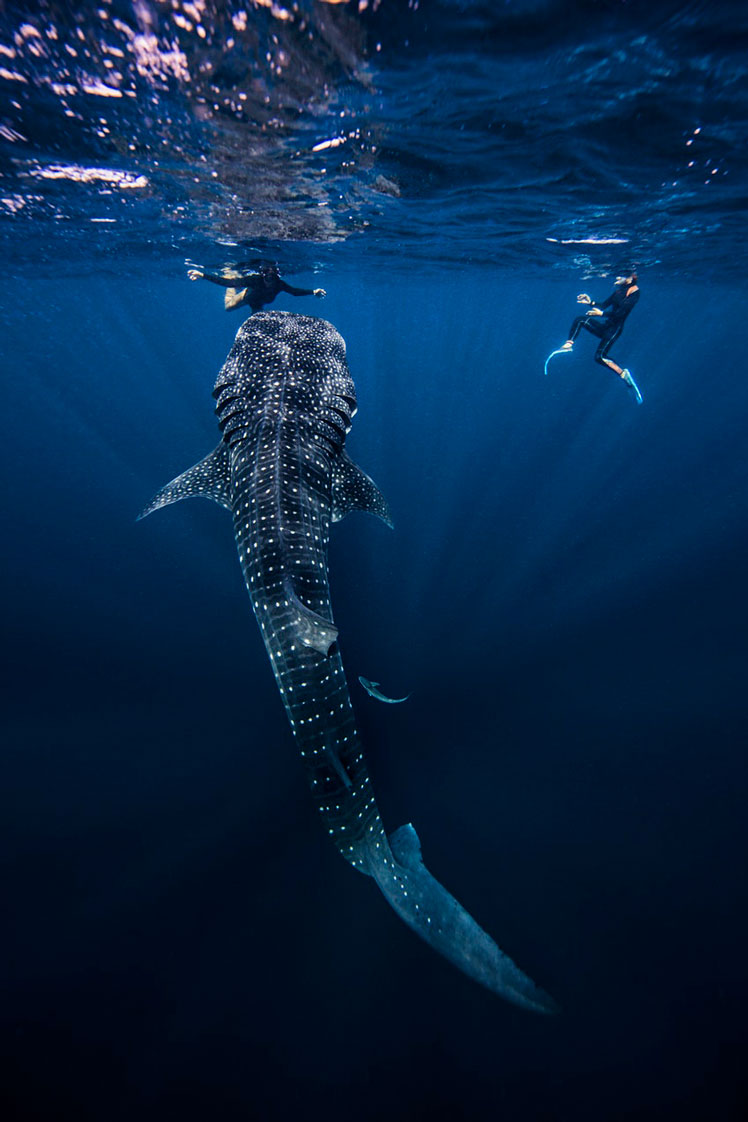
Shoulder season is ideal for whale shark watching near Cancún © Ken Kiefter / Getty Images/Cultura RF
Shoulder Season: July & August
Best time for surfing and exploring the stunning Northern Central Highlands
It is hot nearly everywhere in Mexico during the summer but it's very wet on the Pacific Coast and other parts of the country. But the surf is up on the Pacific and prices are lower. On the Riviera Maya, however, hurricane season starts and vacationing Mexicans flock to the beaches to beat the heat in the rest of the country which makes hotel rates rise. Whale sharks begin to gather in June off Isla Contoy north of Cancún between mid-May and mid-September, but the best time to see them is July. Beaches in Baja are all but empty in the summer months and for good reason, it too hot.
In the Northern Central Highlands, including Guanajuato and San Miguel de Allende, the days are mild and wildflowers are in bloom making this the perfect time for do-it-yourself explorations.
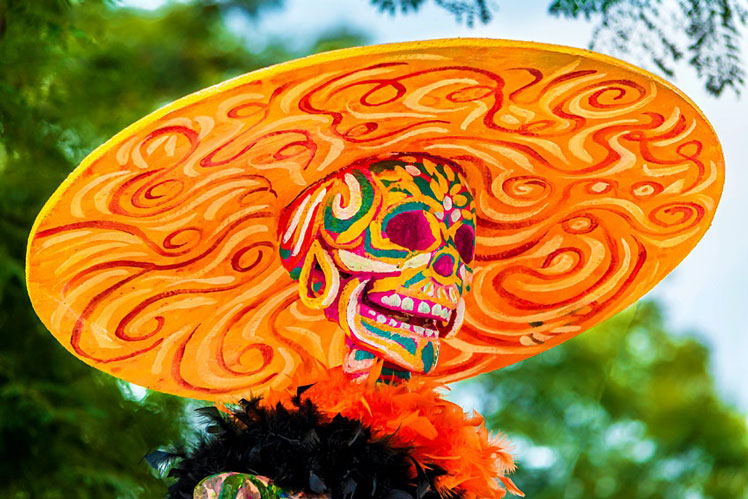
Día de Muertos sees festivals across Mexico in early November © Gabriel Perez / Getty Images
Low Season: May & June, September - November
Best time for budget travelers and inland explorations
May and June see peak temperatures in many areas while September is the heart of the hurricane season. Hurricane season doesn't always bring hurricanes, but it does bring wind and heavy rains on the Gulf and Pacific Coasts. But there are hotel deals to be found on both coasts.
However, inland Mexico tells a different story. There are spots of rain in Mexico City, but without heat, the mild weather is perfect for wandering around the city. On the Baja Peninsula, the seas are crystal clear for uncrowded diving and snorkeling. The flowers are coming into bloom in Copper Canyon and the temperatures are mild.
Dia de Muertos at the start of November brings festivals and events throughout many states in Mexico.
January
It’s warm in coastal and lowland areas, cool in the highlands and dry everywhere, attracting flocks of foreign tourists. The first week is Mexican holiday season, with transportation booked up and coastal resorts very busy.
On January 6, many families in Mexico celebrate Día de los Santos Reyes (Three King's Day). This is the day that children traditionally receive presents instead of Christmas. But it is a nationwide holiday and things close up around the 6th.
January is also the peak season for migratory birds along Mexico’s Pacific coast. Lagoons and rivers at places such as Laguna Manialtepec and Lagunas de Chacahua are packed with fowl, and San Blas even holds an International Migratory Bird Festival.
Key Events: Día del los Santos Reyes, International Migratory Bird Festival, Mérida Fest, Festival Alfonso Ortíz Tirado.
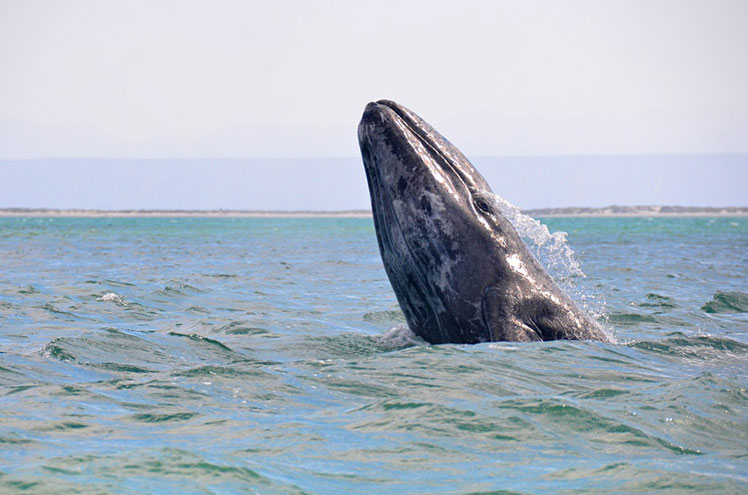
Seeing the grey whales that take sanctuary in the Sea of Cortez in February is truly a bucket-list experience ©Monika Shields/500px
February
Temperatures are marginally higher than in January, but it remains dry, making this a great month to be in much of Mexico, though it can still be cold in the north and at high altitudes. But this is when the magnificent gray whales calve in bays and lagoons around the Baja Peninsula. They tend to arrive any time from mid-December and stay until mid-April. Whales can also be spotted along the whole Pacific coast during this period. The best months for Baja whale-watching are February and March.
Key Events: Día de la Candelaria, Carnaval.
March
It’s getting steadily warmer all over Mexico, but it’s still dry and the winter season for foreign tourism continues. US students get a week’s break in March and April (dates vary between colleges) and many head to Mexican resorts such as Cancún, Puerto Vallarta or Cabo San Lucas for days of over-the-top partying.
March is also the Vernal Equinox when visitors mob Chichén Itzá (it happens in autumn as well) to see shadows that resemble a serpent ascend or descend El Castillo pyramid. Almost the same effect happens for a week preceding and following each equinox.
Key Events: Festival de México, Vernal Equinox, Festival Internacional del Cine, Chacala Music & Arts Festival, Ultra Caballo Blanco.
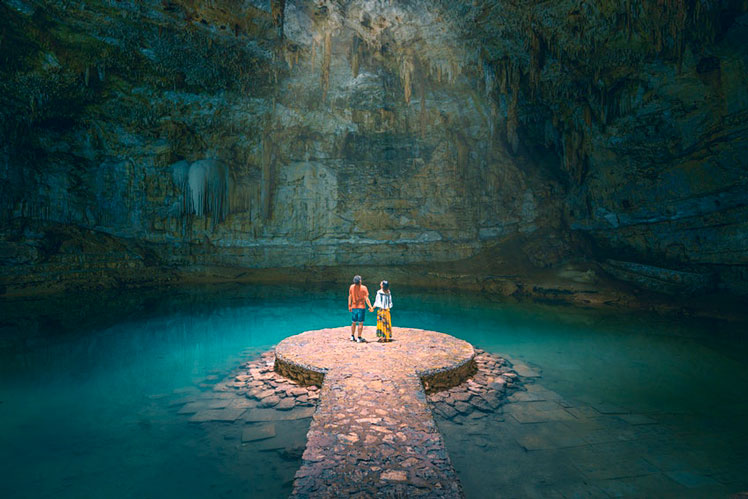
Spring across Mexico is beautiful © Mario Bottigelli / Getty Images
April
Temperatures continue to increase, but it stays dry. Semana Santa (Easter Week), which can be in March or April, is Mexico’s major holiday week of the year, with tourist accommodations and transportation packed. Semana Santa is the week from Palm Sunday to Easter Sunday and many things shut down in inland cities. Good Friday sees solemn processions in many places, and enormous crowds attend a re-enactment of the Crucifixion in Iztapalapa, Mexico City.
Key Events: Semana Santa, Feria de San Marcos, Tianquis Artesanal de Uruapan.
May
Temperatures reach annual peaks in cities such as Mérida (average daily high 95°F), Guadalajara (87°C), Oaxaca (86°C) and Mexico City (79°C). It’s low season for tourism, meaning cheaper accommodations prices. Surf starts to be steady along the Pacific Coast.
Key Events: Feria de Morelia, Feria de Corpus Christi, Expo Artesanal, Cinco de Mayo.

Surf's up on the Pacific Coast in the Summer © Sollina Images / Getty Images
June
The rainy season begins, bringing heavy downpours in the southeast, in some places along the Pacific coast and in the central highlands. Tourist numbers and hotel prices remain low. Countless spots along the Pacific coast, including Puerto Escondido with its legendary Mexican Pipeline, enjoy superb swells from April/May to October/November. June to August generally sees the biggest waves. Beginners can learn to surf almost year-round.
Key Event: Festival del Mole Poblano.
July
It’s rainy in the southeast, central highlands and along the Pacific coast, but this is a summer vacation month for both foreigners and Mexicans, bringing busy times and higher prices at many tourist destinations. Massive whale sharks congregate to feed on plankton off Isla Contoy, north of Cancún, between mid-May and mid-September. The best time to swim with these gentle giants is mid-June to July.
Key Events: Guelaguetza, Fiesta de Santa Magdalena, La Feria de las Flores.
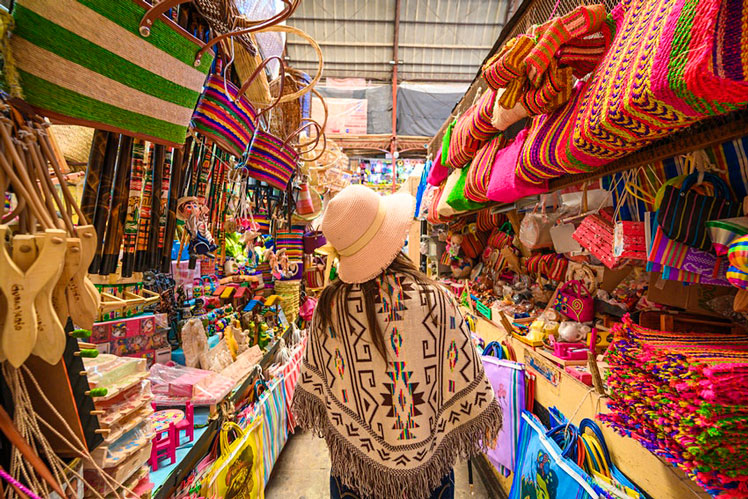
There is much to see and do even in the hottest months © Marco Bottigelli / Getty Images
August
The summer holiday season continues, as do the rains, although they’re less intense in most areas. June to August is brutally hot in the north.
Key Events: Feria de Huamantla, La Morisma, Feria de la Uva.
September
It’s the height of the hurricane season on the Yucatán Peninsula and Mexico’s coasts. It’s also rainy in most places, with poor visibility for Caribbean divers. But the weather inland, especially in Mexico City starts to cool and there isn't nearly as much rain. Making this the start to a beautiful season in the higher elevations. The water in Baja is crystal clear.
Key Event: Día de la Independencia.
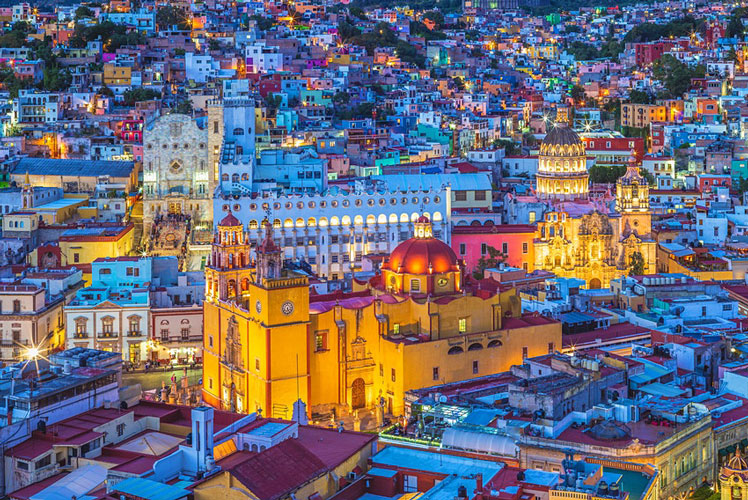
Guanajuato is one of Mexico's most beautiful cities, it's even been on our Best in Travel list before © Jui-Chi Chan / Getty Images/iStockphoto
October
Low season for tourism, with the possibility of hurricanes, but the rains ease off everywhere except the Yucatán Peninsula. October, along with November and March, is one of the best months to visit northwest Mexico’s spectacular canyon country, with temperatures not too hot at the bottom of the canyons, nor too cold at the top.
And Guanajuato hosts the Festival Internacional Cervantino, a two- to three-week arts festival, dedicated to Spanish writer Miguel de Cervantes, is one of the biggest cultural happenings in Latin America, with performances by worldwide music, dance and theater groups. It is most certainly worth a trip to this charming city for this amazing event.
Key event: Festival Internacional Cervantino.
November
The weather is mostly dry and hot temperatures are subsiding. Snow tops the high peaks of the central volcanic belt. On the Día de Muertos (November 2) cemeteries come alive as families decorate graves and commune with their dead, some holding all-night vigils. Special altars appear in homes and public buildings. Associated events start days before, notably around Pátzcuaro, Uruapan, Mexico City and Oaxaca.
Key Events: Día de Muertos, Festival Internacional de Música, Feria de la Plata, Festival Gourmet International, Festival de las Animas
December
A dry month almost everywhere, and as cool as it gets. International winter tourism gets going and the Christmas–New Year period is Mexican holiday time, with accommodations busy and prices high. From late October to mid-March the forests of the Reserva de la Biosfera Santuario Mariposa Monarca (Monarch Butterfly Biosphere Reserve) turn orange as millions of large monarch butterflies winter here. The best time to watch them is on a warm, sunny afternoon in December.
Key events: Día de Nuestra Señora de Guadalupe, Christmas.

